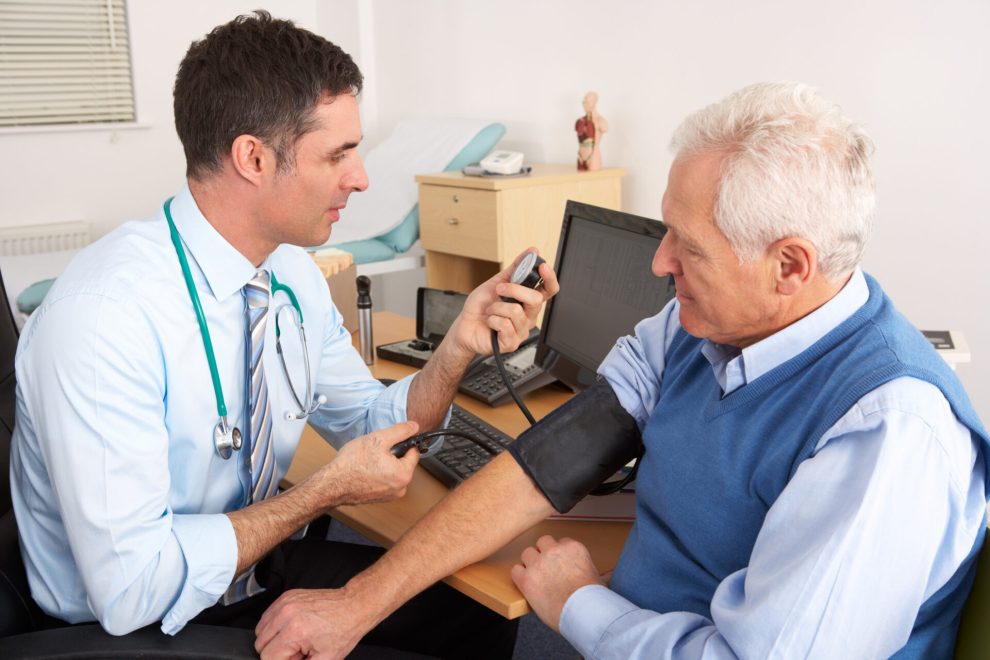The Self-Care Census 2024 Shows Consumers Still Use GPs And A&E For Minor Ailments
NEW research reveals that millions of people are still seeking GP appointments or attending A&E for conditions they could treat easily and more quickly with over-the-counter (OTC) medicines.
The Self-Care Census 2024, a report published by PAGB, the consumer healthcare association, shows that only 78% of adults think of self-care as their first option for self-treatable conditions.
Older adults in the 65-year-plus bracket are far more likely to recognise the convenience and expertise of speaking to a pharmacist before trying to access a GP or emergency care.
Almost a quarter (23%) of those aged 25 to 34 admit they would try to get a GP appointment for a self-treatable condition, compared to just 9% of those aged 65 or older.
Worrying Trend
Michelle Riddalls, CEO at PAGB, says, “This automatic-pilot reliance on primary care, particularly among younger consumers, is worrying, and it shows there is still a lot of work to be done around educating consumers on the benefits of self-care.
“Utilising the advice and expertise available from community pharmacies, as well as the wealth of online support and guidance from the NHS and consumer healthcare brands, not only enables consumers to take more control of their health and wellbeing, it also relieves pressure on the health service.”
Michelle Riddalls adds, “Self-care doesn’t just make good sense, it’s integral to building a sustainable healthcare system for the future. As a report by the analysts Frontier Economics calculates, better use of self-care could save the NHS at least £1.7 billion a year in avoidable appointments and prescription costs.”
Drain On Resources
The independent analysts estimate that self-treatable conditions account for at least 25 million GP appointments and 5 million trips to A&E every year. Given the lack of confidence among younger consumers in self-treating, this unnecessary drain on NHS resources is likely to rise.
There are already signs of this, with PAGB’s Self-Care Census 2024 report showing that the number of adults who speak to a pharmacist as a first step for advice on a self-treatable condition is falling from 69% in 2022, 60% in 2023, and to just over half (52%) this year.
On the plus side, there is evidence that the additional training to upskill surgery staff so they can prioritise patients who need GP care and redirect those with minor ailments to other healthcare professionals, such as pharmacists, is working. This latest PAGB report shows that 32% of patients were referred to a pharmacist by their GP practice or NHS 111.
However, there is still room for improvement, as the new PAGB research shows that 75% of GP appointments for self-treatable conditions resulted in advice to use an OTC medicine, a rise of 17 percentage points from the previous year. Shockingly, one in 13 people (8%) admit that A&E is their first choice of healthcare for conditions they could treat themselves.
Needless A&E Attendances
Threadworm is the self-treatable condition that has prompted most adults who have experienced it to visit A&E, with 14% going to a hospital emergency department instead of buying a simple and effective OTC treatment. This was followed by:
- Sprains and strains: 8%
- Ulcers: 8%
- Thrush: 7%
- Fever: 6%
- Urinary tract infection (UTI): 5%
- Acne: 5%
- Ear infection: 5%
- Cuts and open wounds: 4%, and
- Conjunctivitis: 4%
Michelle Riddalls says, “In the majority of cases, consumers would have received treatment and symptom relief far more swiftly if they had sought advice from a pharmacist instead of trying to access a GP appointment or attending A&E. Pharmacists are now able to provide many medicines over-the-counter which were formerly prescription-only and, in England, the Pharmacy First scheme means pharmacists can also provide prescription medicines for a number of common conditions such as UTIs, acute earache, sinusitis and shingles.”
However, the new data shows that almost half (46%) of the consumers surveyed for the PAGB census were unaware of the Pharmacy First scheme and this wider access to prescription medicines for common conditions.
Under-Utilised Resource
Mark Burdon, a pharmacist and advisor to PAGB, adds, “Pharmacists are often under-utilised as highly trained healthcare professionals, but they are an important pillar in the healthcare system, helping to protect NHS resources, as we can see by the number of patients that are being directed to our services.”
“Pharmacists are also well equipped to spot any red-flag symptoms which require further investigation, and if someone needs urgent care, we can alert GP surgeries so they can be fast-tracked through the practice triage system.”
Consumers are alert to the pressures on primary care services, with more than three-quarters of those surveyed (77%) for PAGB’s census agreeing that people should take more responsibility for their own health to ease the burden on the NHS.
Self-Care Confidence
The top ten conditions they are most confident in dealing with themselves are:
- Colds: 70%
- Coughs: 59%
- Blocked nose: 58%
- Headache: 57%
- Sore throat: 53%
- Bruises: 45%
- Diarrhoea: 44%
- Heartburn or indigestion: 42%
- Allergies, such as hay fever: 41%
- Flu: 40%
PAGB’s report highlights the widespread trust in OTC medicines. 89% of adults surveyed in the census confirmed they are confident in their ability to take OTC medications to manage their symptoms, up eight percentage points from last year.
Consumers are also keen to see improved access to prescription medicines, with 74% wanting to see more medicines switched from prescription-only to pharmacist-provided—a policy championed by the PAGB.
Michelle Riddalls explains, “Increasing switching of prescription-only medicines to pharmacy medicines not only improves people’s choice and access to their treatment, but it can also benefit the healthcare system more broadly.
“Greater availability of over-the-counter medicines means fewer GP visits, A&E interactions and the potential to prevent self-treatable conditions worsening with early intervention through self-care. For every 5% of total NHS prescribing and spending that could be switched to over-the-counter medicines, the NHS could save £1.4 billion.”
















